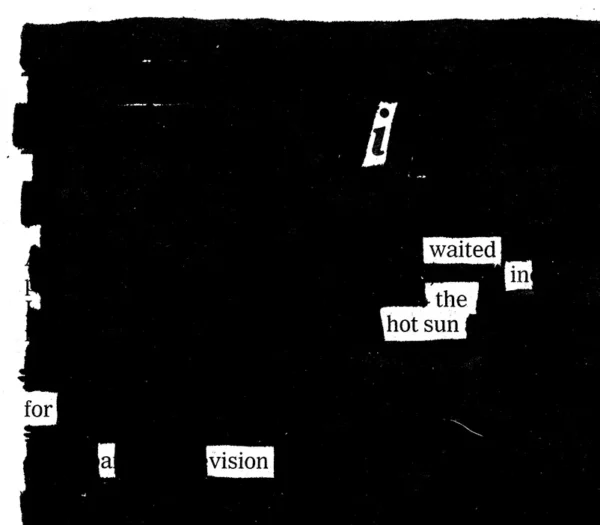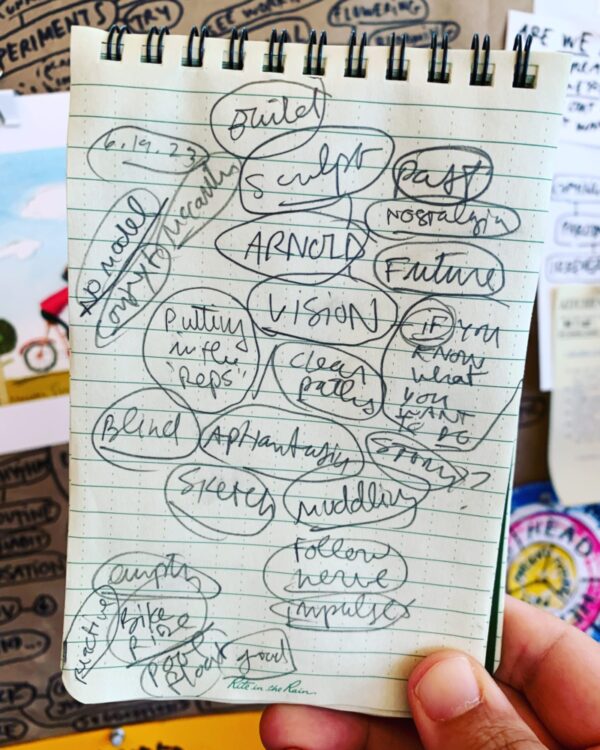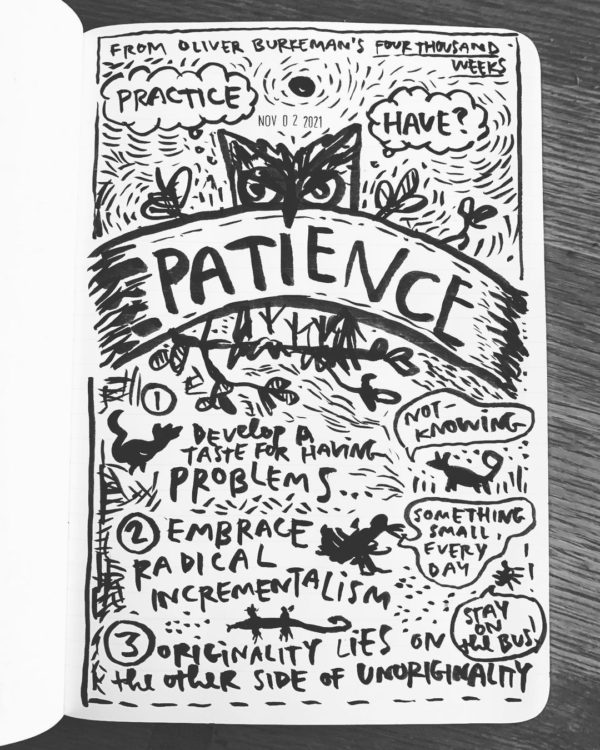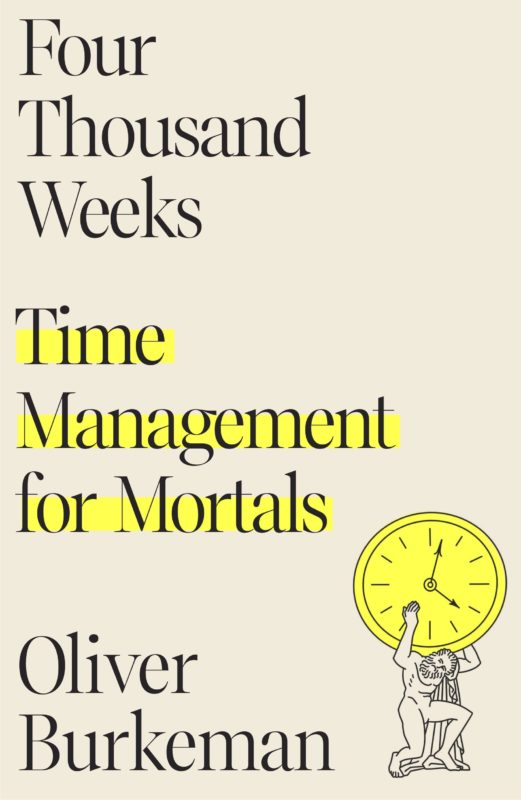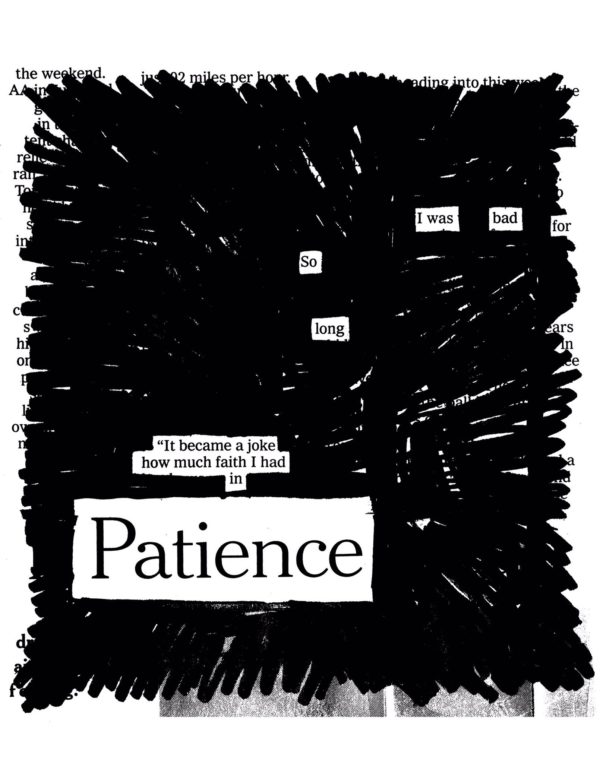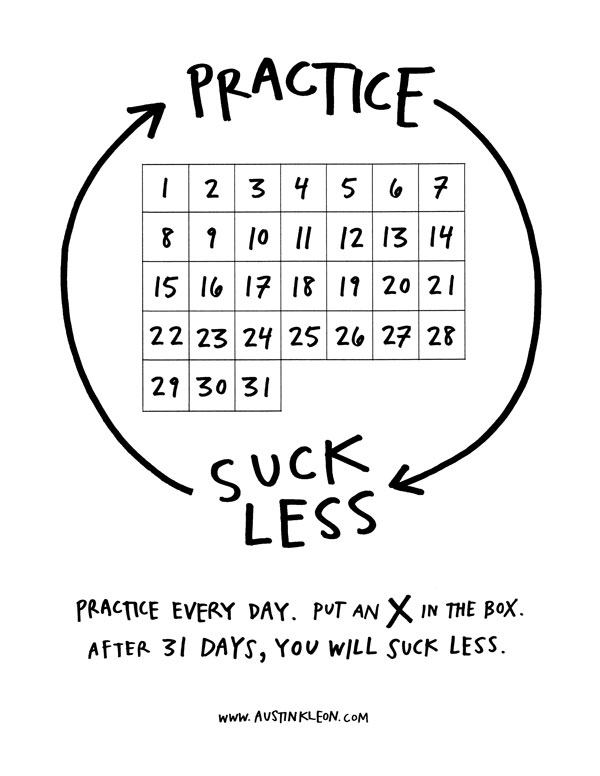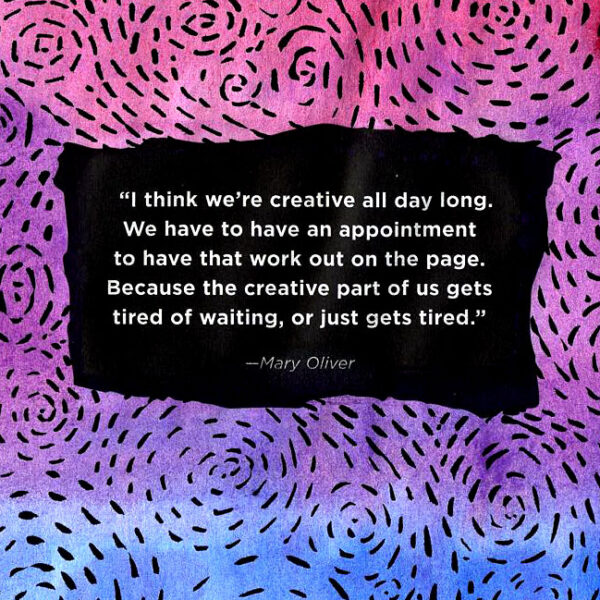
From my (de-paywalled) letter on making time and space for your art this season:
Around the holidays, I often have to rely on the advice I give creative people who have new babies: “Find the one-armed, half-brained, miniature version of what you do.”
Put another way: What is the bare minimum amount of creative work you can do in any one day and still feel like a whole person?
The answer will be different for everybody. For me, the bare minimum is pretty bare. If I go for a walk, write at least two pages in my diary, and read a few pages of something decent, I can be pretty functional. For somebody else, the bare minimum will be much more.
Take a little time to figure this out for yourself. Once you know your bare minimum, then you can figure out what you have to do to make it happen.
Read the rest here.

